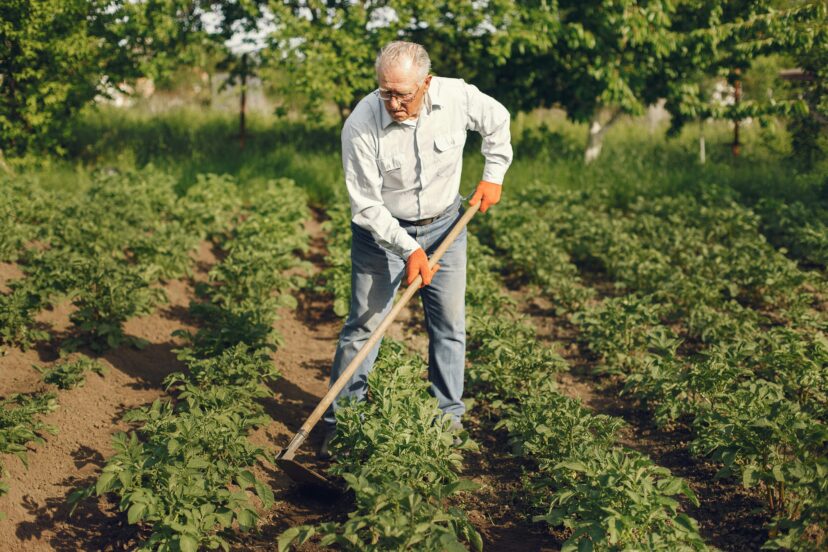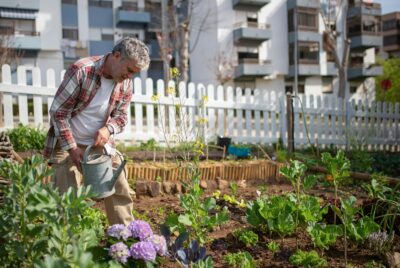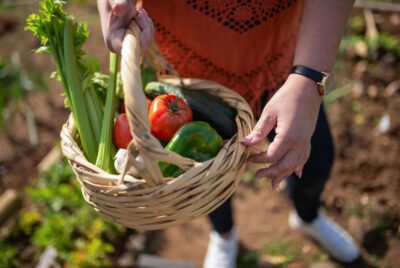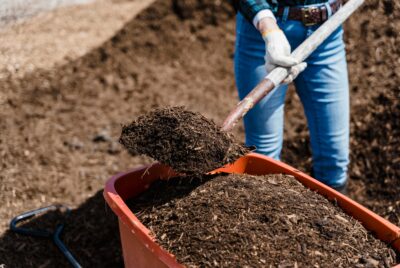Backyard Homesteading: Simple Steps for a Self-Sufficient Yard
We may earn a commission for purchases made using our links. Please see our disclosure to learn more.
Ever looked at your yard and wished it could do more than just sit there? It’s frustrating seeing wasted space while grocery prices climb and you crave fresher, healthier food. The good news is, you don’t need acres of farmland to make a difference — backyard homesteading turns any patch of grass into a source of homegrown veggies, fresh eggs, and real self-reliance. Let’s break down exactly how to get started and make your yard work for you.
What Is Backyard Homesteading?
Backyard homesteading is exactly what it sounds like: using your backyard to become more self-sufficient. It entails growing your own food, rearing small animals if possible, composting garbage, and adopting a more sustainable lifestyle overall. It’s not about going completely off-grid. It’s about doing your best with what you’ve got. Even if you reside in the suburbs or on a small city property, there is always potential for expansion.
Why Backyard Homesteading Is Growing in Popularity
Why are so many people focusing on backyard homesteading? The reasons are very obvious when you think about it. Food prices keep rising. People want to eat healthier, fresher food. Gardening is also beneficial to one’s mental well-being. There’s something deeply rewarding about picking tomatoes from seed. Additionally, backyard homesteading eliminates waste, decreases your shopping expenditure, and benefits the environment. Win-win-win!
And it’s not just about the food. Families get to work together, kids understand where their food comes from, and you gain skills that reconnect you with nature. According to the National Gardening Association, the number of people gardening at home grows each year. Backyard homesteading is part of a wider movement.
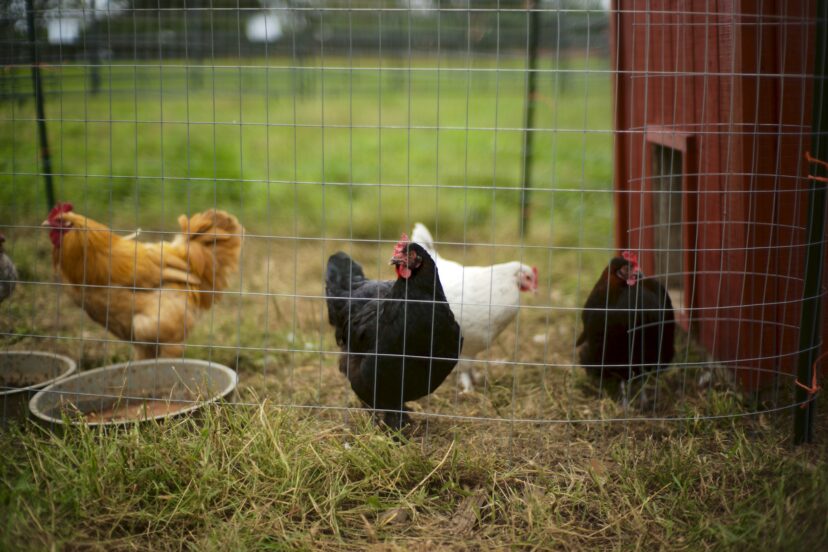
Essential Steps to Start Backyard Homesteading
You don’t need to reinvent the wheel to start your homestead. Focus on making progress gradually, one step at a time.
Start with a Realistic Plan
Begin small. One of the biggest mistakes new homesteaders make is trying to do too much too soon. You don’t need a giant garden and a flock of chickens right away. Try setting up a single raised bed or even a few containers to begin with. Grow a few herbs on your porch. As your confidence and skills grow, so can your backyard setup.
Walk around your yard and see where the sun hits best. Observe how water drains. Map out where a garden bed or a chicken coop might fit. Planning helps you avoid wasted time and money down the road.
Grow Fresh Food Year-Round
A vegetable garden is the heart of backyard homesteading. Start with crops that give you a big return for your effort. Salad greens, tomatoes, cucumbers, peppers, and zucchini are excellent beginner choices. Herbs like basil and mint thrive in containers, so they’re perfect if you have limited space.
Use vertical gardening to maximize your yield in small spaces. Trellises, hanging baskets, and raised beds help you grow more without taking up your entire yard. And don’t forget about succession planting! When one crop finishes, plant another in its place to keep the harvest going.
One smart trick is to use companion planting to boost yields and keep pests away naturally. If you’re new to this, here’s a helpful Companion Planting Guide to get you started.
Try Small Livestock for Beginners
If your local rules allow, adding small livestock takes your homestead to the next level. Chickens are a popular first step. They’re relatively easy to care for, give you fresh eggs, and help with pest control. Rabbits are another option. They don’t take up much room and can provide both meat and fertilizer for your garden.
Always check your city’s ordinances before bringing animals home. Make sure you have secure housing for them and understand what they need to stay healthy and happy.
Master Composting and Improve Your Soil
Good soil is the secret sauce of a successful homestead. Instead of tossing food scraps in the trash, turn them into black gold for your garden. Composting is easy and keeps valuable nutrients out of the landfill. You can buy a tumbling composter or build your own bin. Toss in veggie scraps, eggshells, yard trimmings, and some cardboard. Over time, you’ll have rich compost ready to feed your garden beds.
Healthy soil means healthier plants, better yields, and fewer pests. Trust me—your garden will thank you.
Use Water Wisely
Water is precious, and conserving it makes sense for both your wallet and the environment. Start by installing rain barrels to collect runoff from your roof. Cover plants with mulch to keep in moisture. Drip irrigation systems are great for directing water right where it’s needed.
If you live in a drought-prone area, consider native plants that require less water. Every homestead journey is unique. If you’d like to explore more ideas, check out these popular homesteading techniques to inspire your backyard setup.
Tools and Supplies Every Homesteader Should Have
Starting backyard homesteading is easier with a few basics. These Amazon finds can help you get going:
VIVOSUN 5-Pack Grow Bags — Perfect for growing veggies in small spaces.
FCMP Outdoor Tumbling Composter — Turn kitchen scraps into garden gold.
Little Giant Hen Hydrator — Keeps your chickens hydrated with less hassle.
Gardener’s Supply Rain Barrel — Collect free rainwater for your garden.
LawnMaster Electric Tiller — Makes prepping new garden beds easy.
When choosing tools, read reviews, compare prices, and pick what works best for your budget and space.
Why Backyard Homesteading Works
Backyard homesteading isn’t just a feel-good trend — solid research shows it makes a real difference. For instance, urban agriculture research confirms that growing your own food at home can reduce greenhouse gas emissions and boost local food security.
Plus, smart gardening methods like companion planting strategies help protect plants naturally, improving yields without harsh chemicals. Together, these practices help you build a more sustainable, productive backyard — one small step at a time.
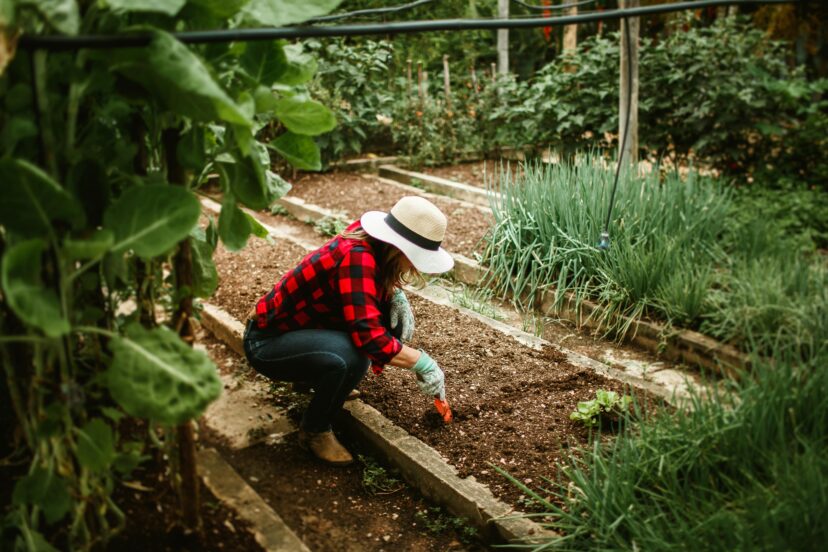
Mistakes to Avoid When Starting Your Homestead
Like any big project, backyard homesteading comes with a learning curve. Here are a few things to watch out for:
Doing Too Much, Too Fast – Start with one or two projects. Master them before adding more.
Ignoring Local Rules – Check city ordinances about livestock, composting, and water collection before you start.
Poor Planning – Sunlight, soil quality, and water access matter. Plan your layout carefully.
Forgetting Maintenance – Gardens and animals need regular care. Make sure that you’ve got enough time to dedicate yourself.
A little research upfront saves you headaches later on.
Final Thoughts
Backyard homesteading isn’t about perfection. It’s about progress. Each tomato you grow, each egg you collect, and each batch of compost you turn adds up. You’ll eat fresher food, save money, and feel the deep satisfaction that comes from doing it yourself. Keep it simple at first, build your skills gradually, and take pride in each milestone.
Before you know it, your yard will be more than just a patch of grass—it’ll be a source of pride, food, and freedom.
FAQs
1. How much space do I really need for backyard homesteading?
You can start with as little as a balcony or patio. Container gardens and vertical growing help maximize tight spaces.
2. Do I have to raise animals to be a homesteader?
Not at all. Many backyard homesteaders stick to gardening and composting only. It’s your homestead—do what works for you.
3. What vegetables should beginners grow first?
Try easy growers like lettuce, radishes, cherry tomatoes, and herbs. They’re forgiving and produce quickly.
4. How do I get my family involved?
Make it fun! Let kids pick seeds, water plants, or collect eggs. Family projects build great memories.
5. Where can I learn more about backyard homesteading?
Check out homesteading blogs, local garden clubs, and books like The Backyard Homestead by Carleen Madigan. Online forums and YouTube channels are also great resources.

